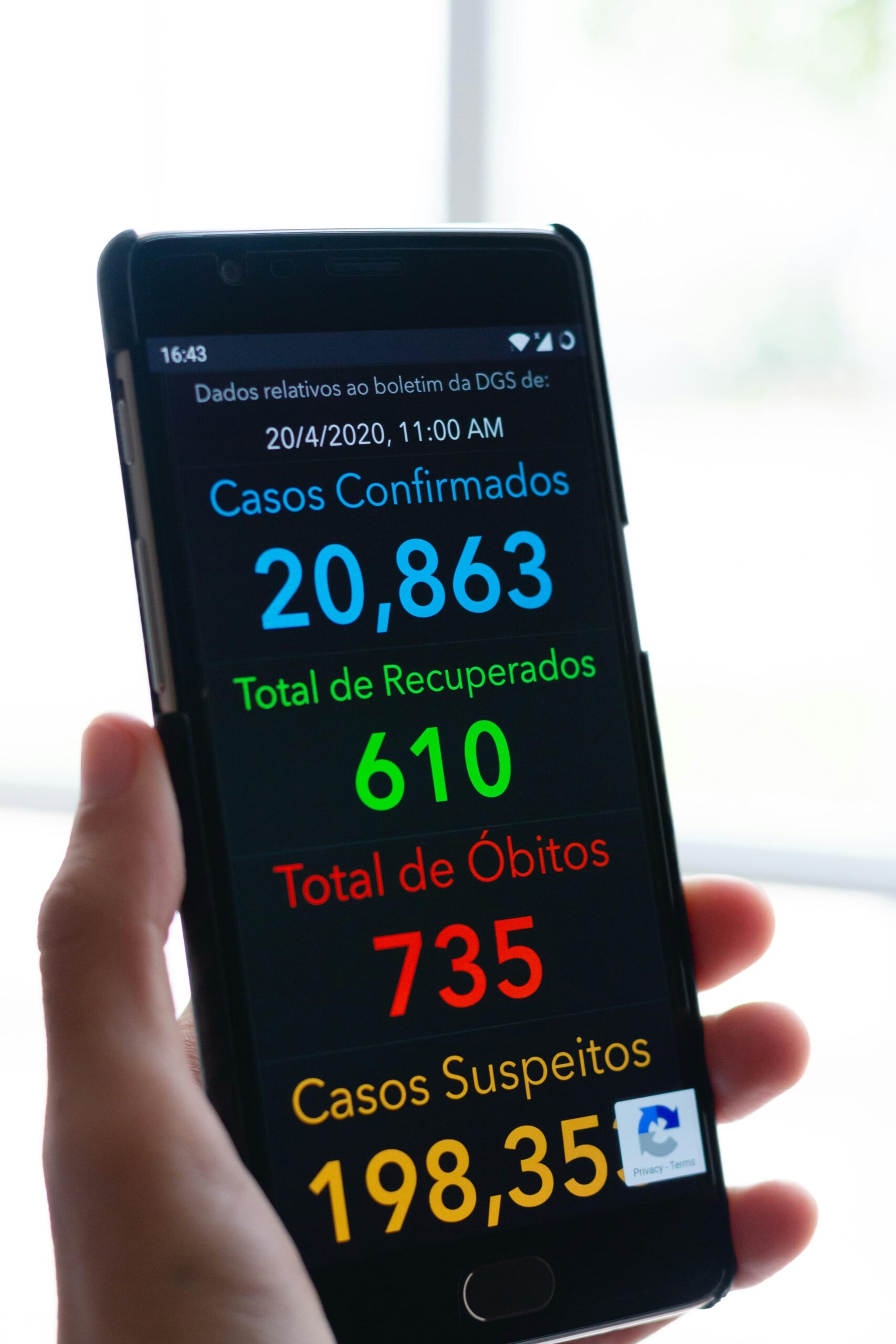When we think about criminology, images of detective work, courtroom drama, or intense psychology often come to mind. But behind these familiar scenes lies a fascinating world of research methods and unexpected hurdles that shape how we understand crime and justice. Exploring criminology research isn’t just about collecting data or analyzing statistics—it’s about diving deep into complex human behavior and societal patterns, often facing surprising challenges along the way. Join me as we unpack the tools criminologists use to decode crime and reveal some of the intriguing obstacles that make this field both challenging and endlessly captivating.
Table of Contents
- Diving Into Diverse Criminology Research Methods Unlocking Hidden Challenges in Crime Data Collection Navigating Ethical Dilemmas in Criminology Studies Practical Tips for Conducting Effective and Impactful Research
- In Conclusion
Diving Into Diverse Criminology Research Methods Unlocking Hidden Challenges in Crime Data Collection Navigating Ethical Dilemmas in Criminology Studies Practical Tips for Conducting Effective and Impactful Research
When researching crime, the journey is rarely straightforward. Diverse methodologies such as ethnography, quantitative analysis, and case studies are essential to paint a complete picture of criminal behavior and systemic patterns. However, accessing reliable crime data can sometimes feel like navigating a maze—hidden biases, underreporting, and data gaps often cloud the truth. Researchers often encounter unexpected obstacles like incomplete police records, unwilling participants, or cultural stigmas that obscure critical insights. Overcoming these challenges requires a flexible approach that balances rigorous methods with adaptive tactics tailored to sensitive contexts.
Ethical dilemmas add another layer of complexity, demanding a careful balance between research integrity and respect for subjects’ rights. Issues such as confidentiality, informed consent, and potential harm must be at the forefront of every study design. Practical tips that many seasoned criminologists swear by include:
- Building trust with communities through transparent communication
- Employing anonymization techniques to protect participant identity
- Being prepared to adjust methods mid-study when ethical red flags arise
These strategies not only enhance the validity of findings but also ensure research contributes meaningfully to both academia and public policy.
In Conclusion
As we peel back the layers of criminology research, it’s clear that this field is anything but straightforward. From innovative methods to unforeseen challenges, studying crime takes a curious mind ready to navigate complexities at every turn. Whether you’re a budding researcher or simply intrigued by how science untangles human behavior, there’s always more to discover. So, keep asking questions, stay open to surprises, and who knows — the next breakthrough in criminology might just be around the corner. Until then, happy exploring!











